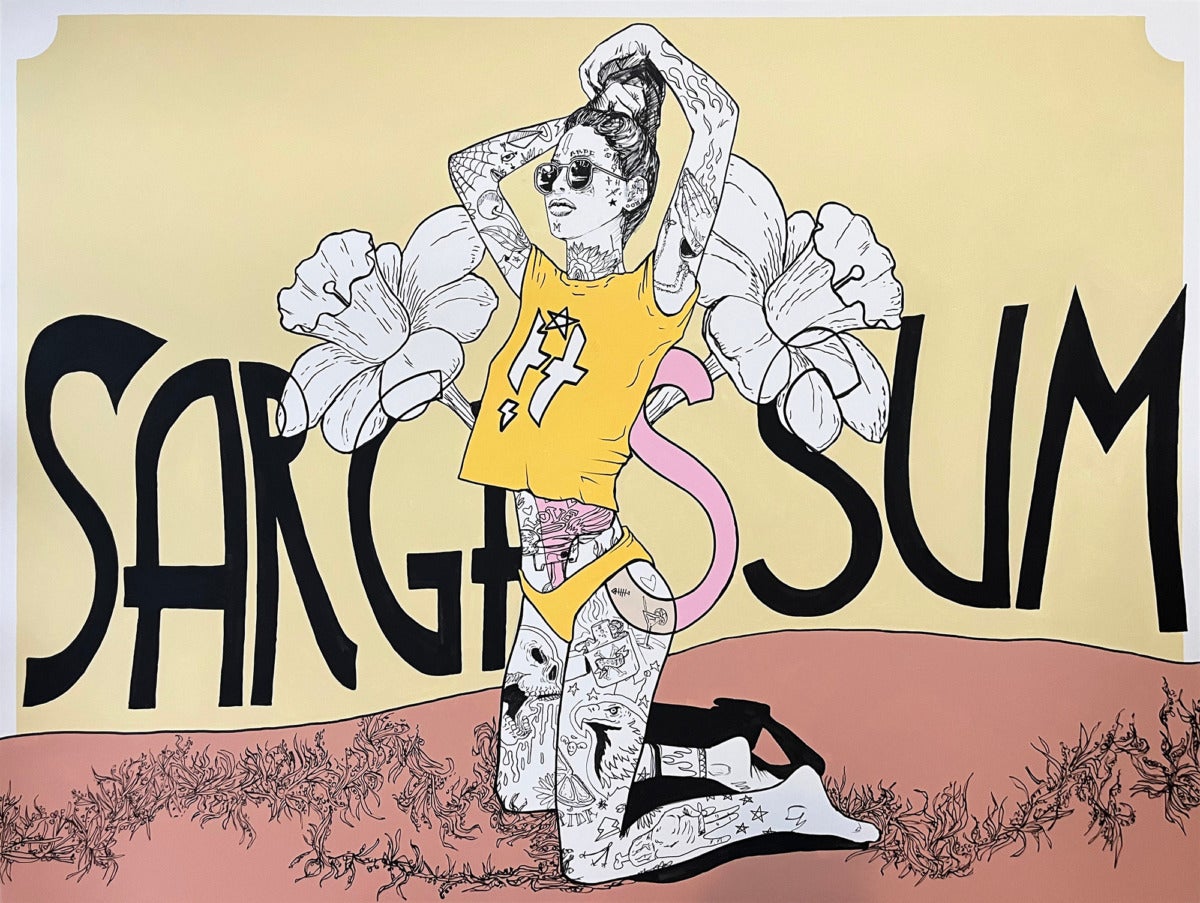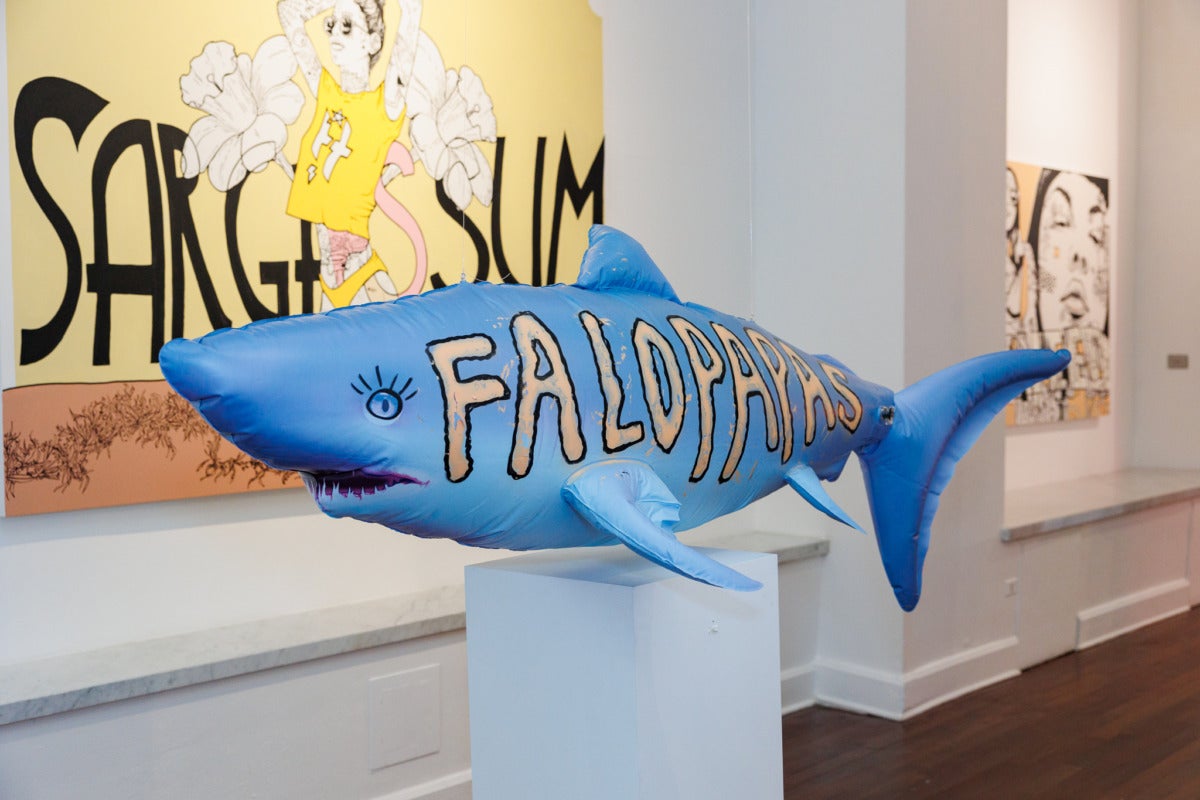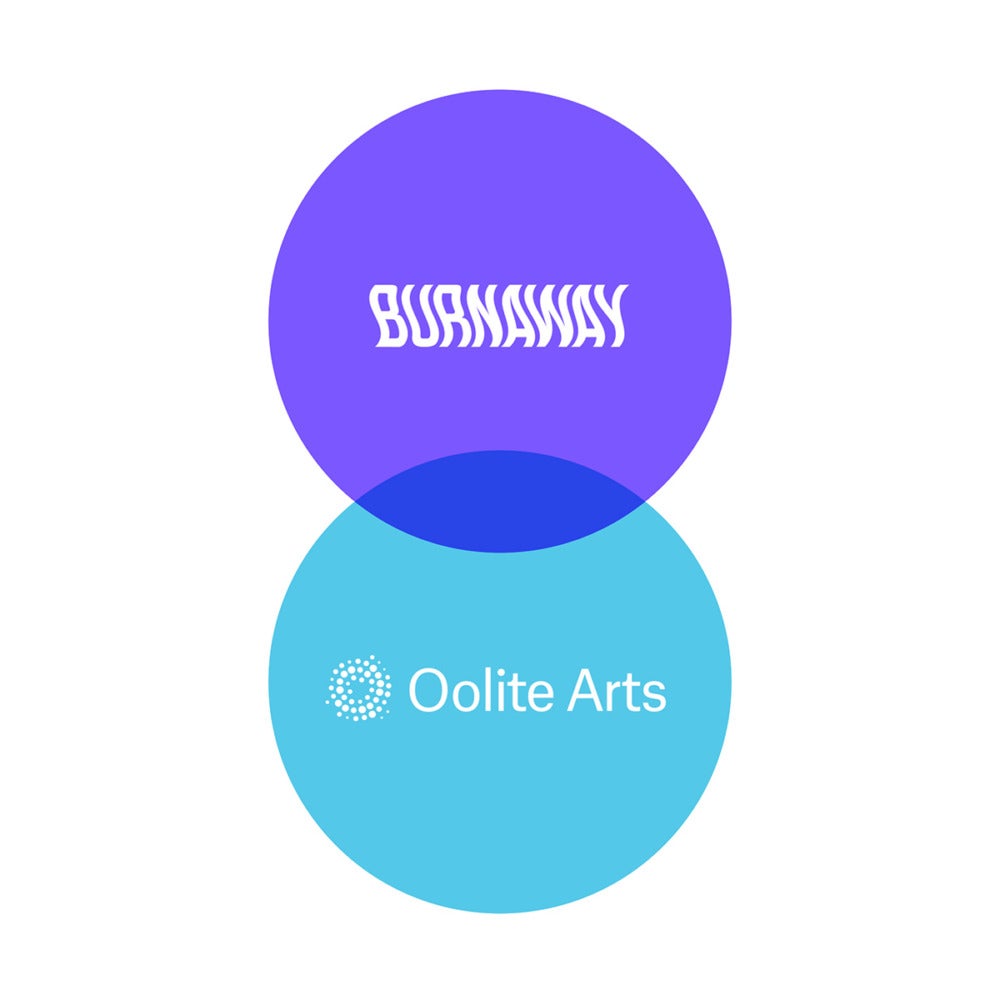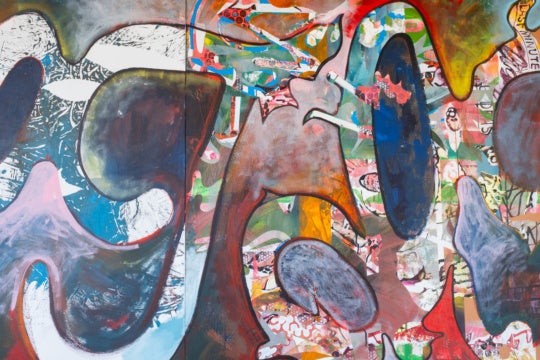
Something rarely told about living in Miami is how deeply divided the city is. There is a certain element of China Miéville to civic life here, like in the British writer’s novel The City and The City, about a policeman who traverses between two Eastern European capitals that occupy the same physical space, yet exist in different countries and go purposefully “unseen” by each other’s citizens. In Miéville’s book there are only two cities, but in Miami, as a result of years of Southern racial divisions and waves of Latin immigration, there are many, with each existing in opposition to another: Black Miami and White Miami, English Miami and Spanish Miami, Tourist Miami and Local Miami. But above all there is Rich Miami and Poor Miami. The rich live in gated communities on islands in the bay, or in high-rise condos with all-white furnishings in the few walkable neighborhoods, usually South Beach, Brickell, or Coconut Grove. The poor live on the mainland, in squalid, overpriced apartments on streets that flood whenever it rains, and drive everywhere out of necessity (there is no workable public transit). Rich Miami eats in fine restaurants, wears designer clothing, and spends money as conspicuously as possible. It’s a divide that exists elsewhere, but in few places is it more pronounced and obvious.
This is what makes an entity like homework gallery so exciting. The “nomadic” gallery launched in 2021 by two Dominican-American art dealers, Aurelio Aguilo and Mayra Mejia, as an explicit rebuke to the blue chip art world, with a mission to make art more accessible and approachable. They’ve held their shows in various locations, mostly in Miami but occasionally other cities, in gutted motels and industrial spaces. The mood is convivial, unpretentious, and participatory, replacing the rarified white walls with unfinished concrete. Musical performances, panel discussions, and even wine tastings enhance the art-viewing experience. The group even sells merch such as t-shirts and books for those that can’t afford the art (and those that can.) It’s no wonder that whenever they activate, a homework show briefly becomes the epicenter of Miami’s small alternative cultural scene.
For their last exhibition, however, homework did something out of character. Taking place immediately after a successful group show at a former distillery in the gentrifying neighborhood of Little River, they had been invited to show in a gallery space at the Sagamore, a classic Art Deco hotel on Miami Beach – a space that is decidedly not in Poor Miami. For the show, titled “Retreat, Vol. 1,” they decided to show a group of paintings by Agusto Turallas, who makes pop art under the pseudonym Falopapas. Native to Argentina, Turallas works as an art handler and preparator for homework and others in Miami; he’d shown with the gallery in an earlier group show, and his mural work for corporate and small business clients can be seen throughout Miami. He teaches at the University of La Plata in Buenos Aires, and his work in this show was supported by the Consulate General of Argentina and Promotion Center.
I first encountered Falopapas’ paintings in an office, at a former job writing copy at a PR agency. His garish, Warholian figure paintings of various local characters were, to me, distracting and vapid. But my bosses loved it – they were friends of the artists and he had painted a humorous image of one of them, smiling while holding a snarling dog, from a photo snapped by a friend.
Falopapas’ paintings for homework are toned down but still flashy and with the same sense of trashy fun. He uses pastel shades of peach and pale pink instead of his favored fluorescents for the flat, mono-color backgrounds, and this makes his figures, all executed in black-and-white outlines, the focal point. Each and every one of them are covered head-to-toe in eye-catching, classic Americana tattoos: lighting bolts, skulls, hearts and floral designs. Phrases from local life are added here and there, floating around the people: “Allapattah,” the rapidly-gentrifying working class neighborhood where land is being bought up by art museums, “Rum and Coke,” both a drink and a local DJ collective that played the opening, motel-style signage advertising “tacos” and “seaweed.” Occasionally you’ll see a stripe of neon lighting running through the canvas Mary Weatherford-style.

Warhol, the most obvious reference point for the Argentine’s work, painted famous people, and by doing so insisted on pop culture as serious art. Falopapas’ work doesn’t have quite the same ambition. His paintings consist of the people around him juxtaposed with Miami iconography, with some reaching into playful, not necessarily new commentary on life in the city: A tagged Mies Van Der Rohe Barcelona chair, a signifier of wealth, next to a machine gun, for instance, or a flamingo in front of a Rolls-Royce. A lot of the paintings are of attractive women, some scantily-clad, but it doesn’t strike me as objectifying – people just wear less here out of climatological necessity (and vanity, of course). One painting features Aguilo and Mejia, and there is one celebrity portrait in the show, but it’s of Lionel Messi, who could be considered local now that he plays for Inter Miami, and its inclusion speaks less to any Warholian impulse than to the artist also being a fellow Argentine in Miami. He’s showing the other Miami, as it is and as it sees itself: crass, sexy, and shameless, all but daring you to judge. And in so doing, he’s making a statement about who gets to appear in art, which throughout all of history has tended towards the wealthy.
It’s that sense of the personal, intimate, and local that makes Falopapas’ art perfect for a setting like the Sagamore, and not because the place compliments it. Seeing the painter’s work in the gallery off the hotel lobby, which is filled with plenty of truly hideous, mass-produced business artworks and obnoxious tropical muzak pumped in, makes it feel genuinely, if slightly subversive. It’s Poor Miami penetrating Rich Miami, in a certain sense, the gritty locals taking over and outshining the touristic facade projected by the city’s elite.
There is a certain culture of “a job is a job is a job” in Poor Miami. Between Florida’s abysmally low wages and an economy dominated by seasonal, service-oriented work, not a lot of consideration is spent on whether or not one should take a corporate gig or allow themselves to be demeaned at their restaurant job. You do what you need to do – to survive, to send money home, to make it into the elite, to escape Florida. It’s why I can’t begrudge Falopapas for painting corporate murals, or homework for working with a South Beach hotel. An opportunity is an opportunity, and in a city as hopelessly divided as this, one can rarely afford to leave the money on the table, no matter where it comes from.

This piece was published in partnership with Oolite Arts as part of a project to increase critical arts coverage in Miami-Dade County.




